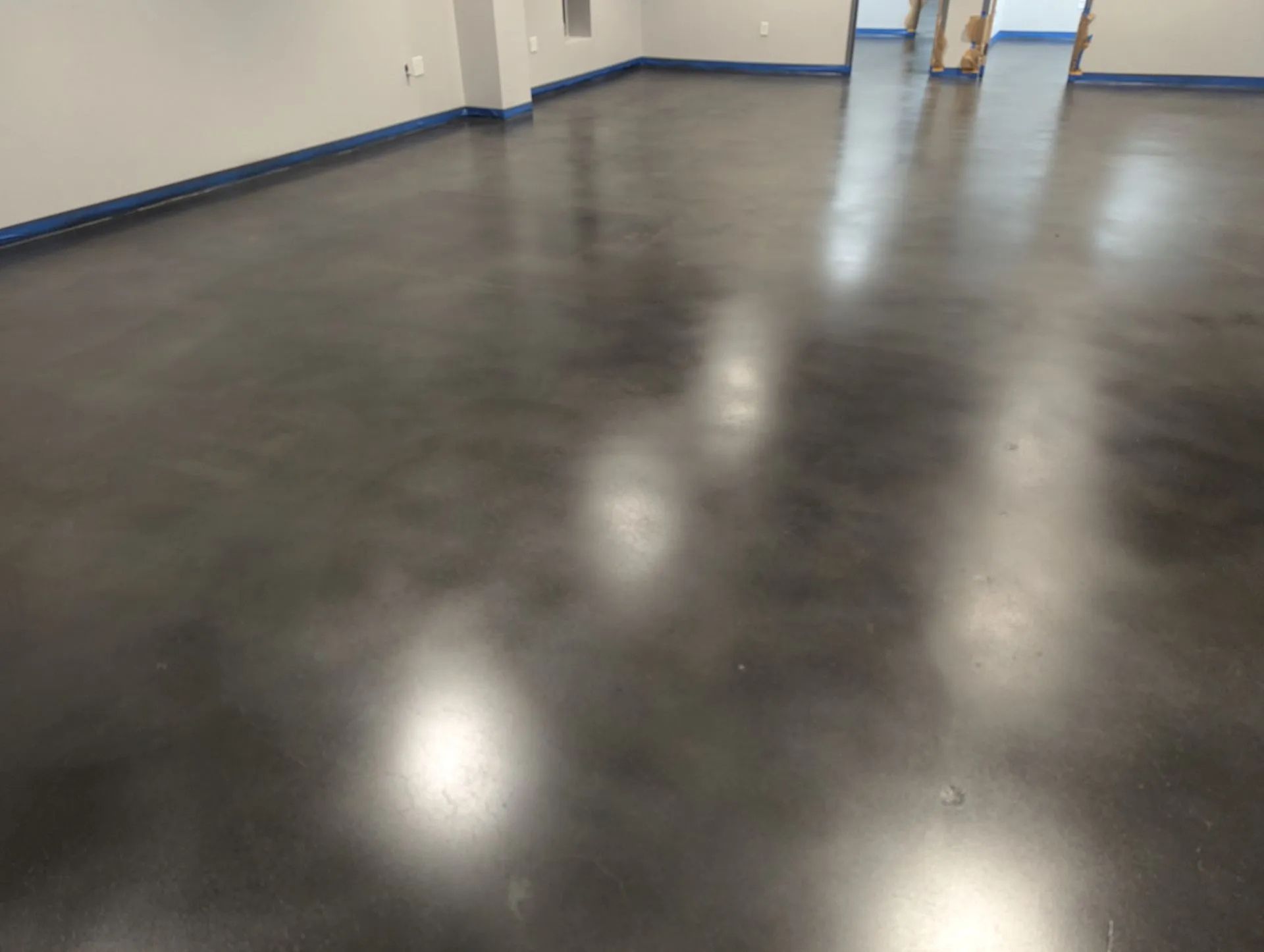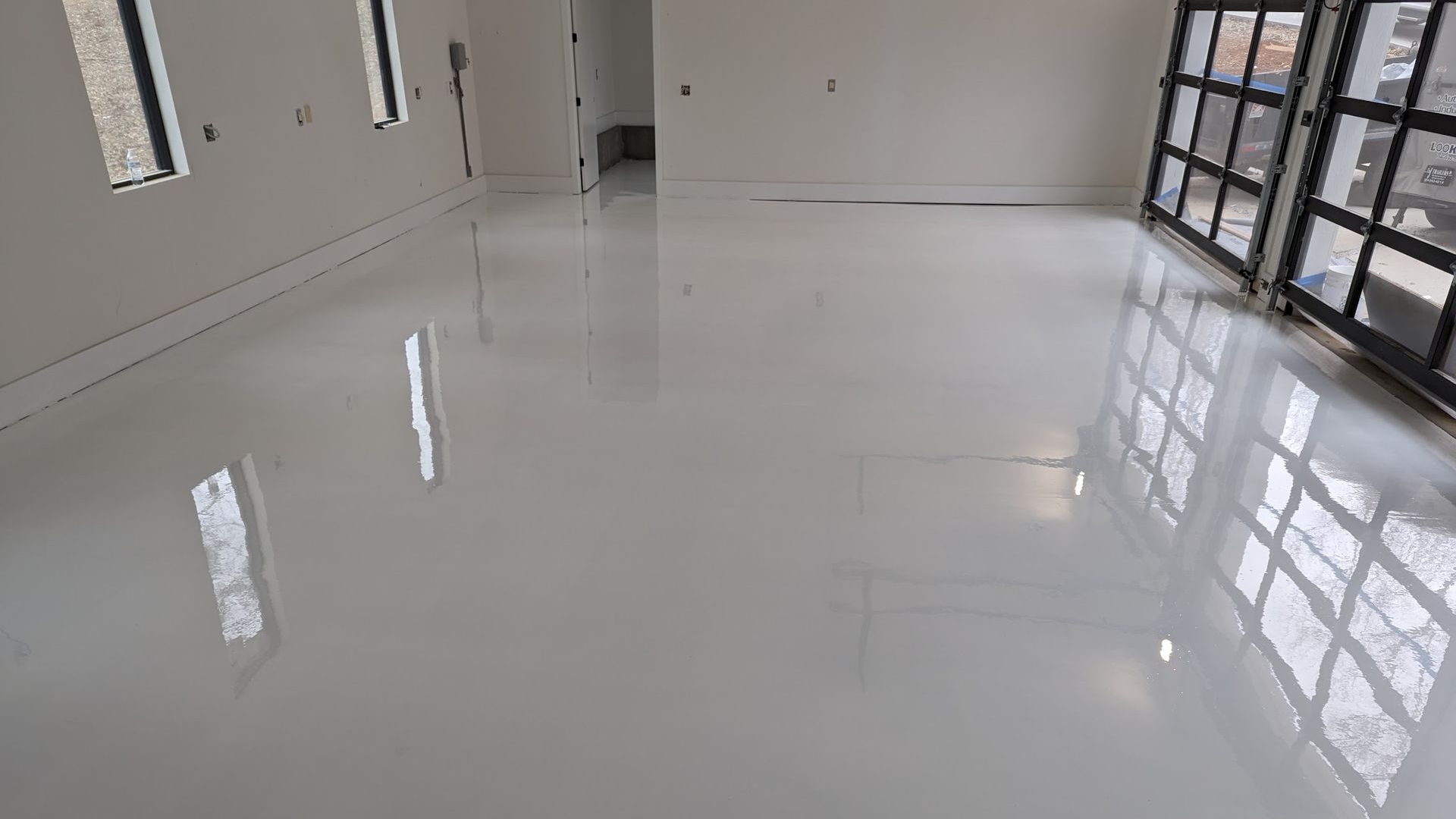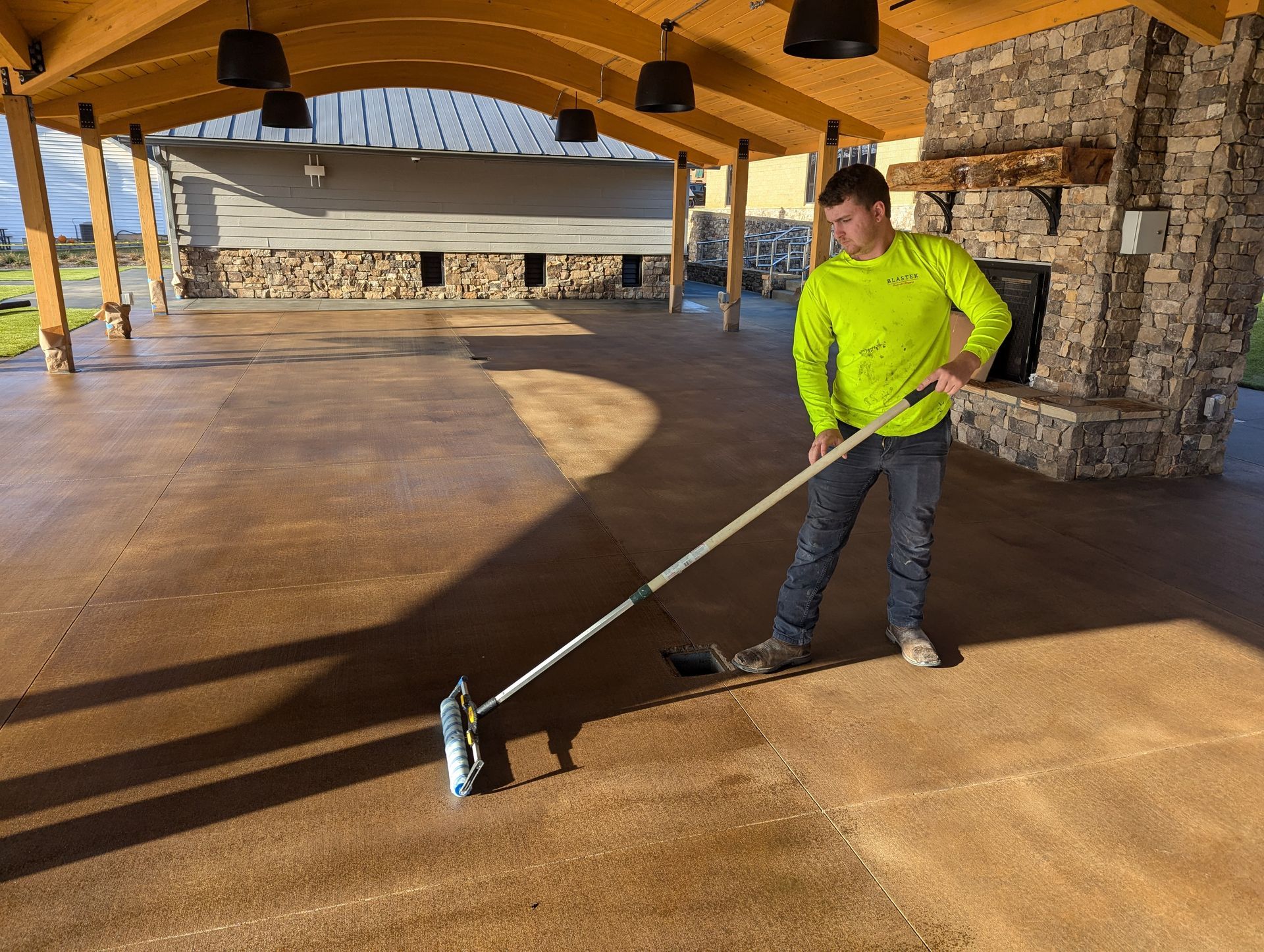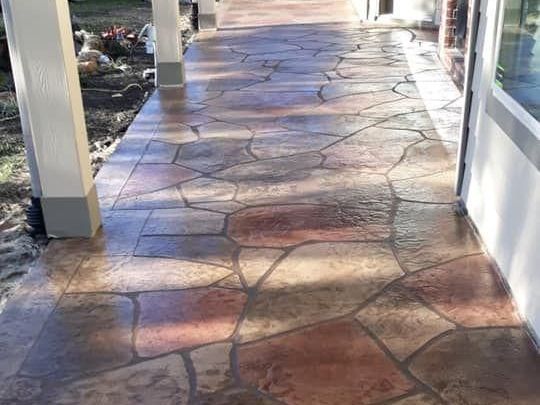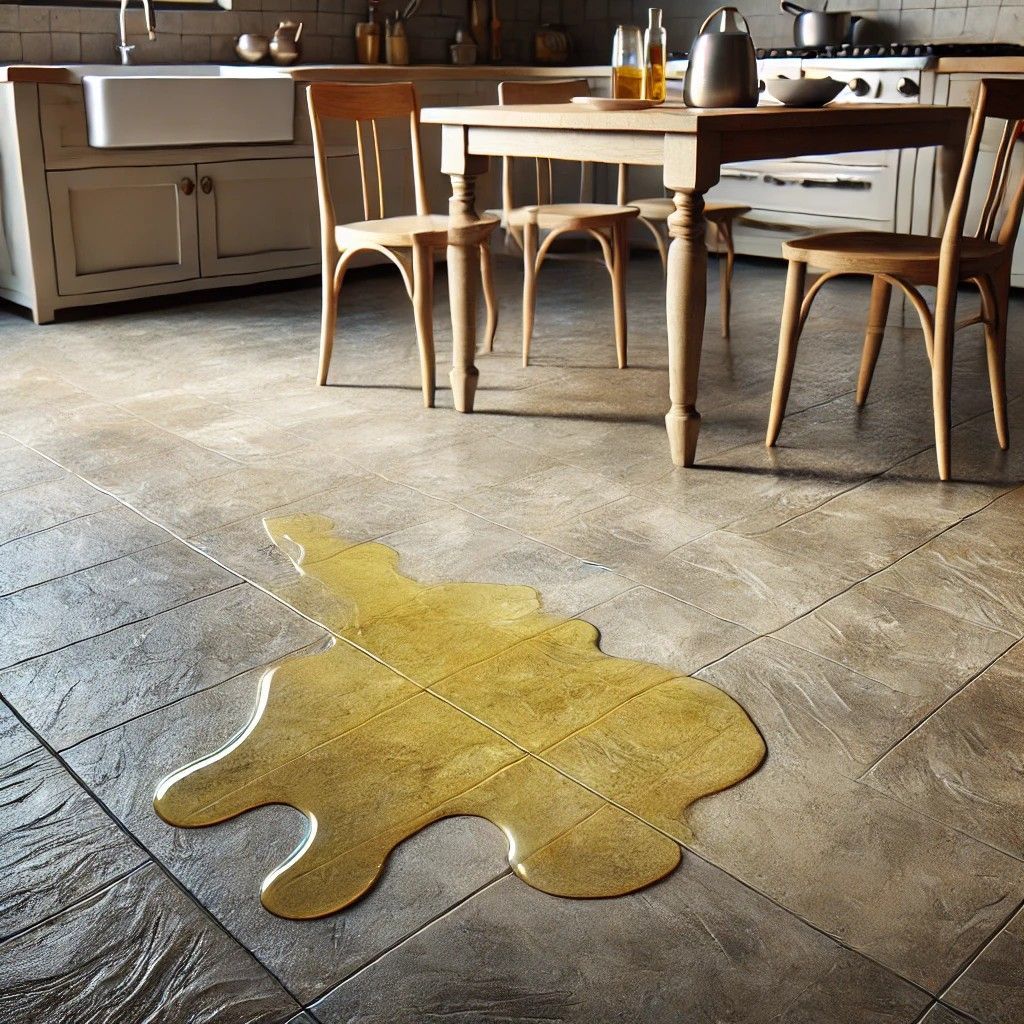Boost Safety with High Slip Coefficient Concrete Coatings
Slippery concrete is a safety hazard that can lead to falls, injuries, and costly damage. A high slip coefficient concrete coating adds traction, reducing risks in areas like warehouses, restaurants, driveways, and pool decks. These coatings also protect concrete, helping it last longer and stay easier to maintain.
In this guide, we’ll break down how they work, where to use them, and how to choose the best option for your needs.
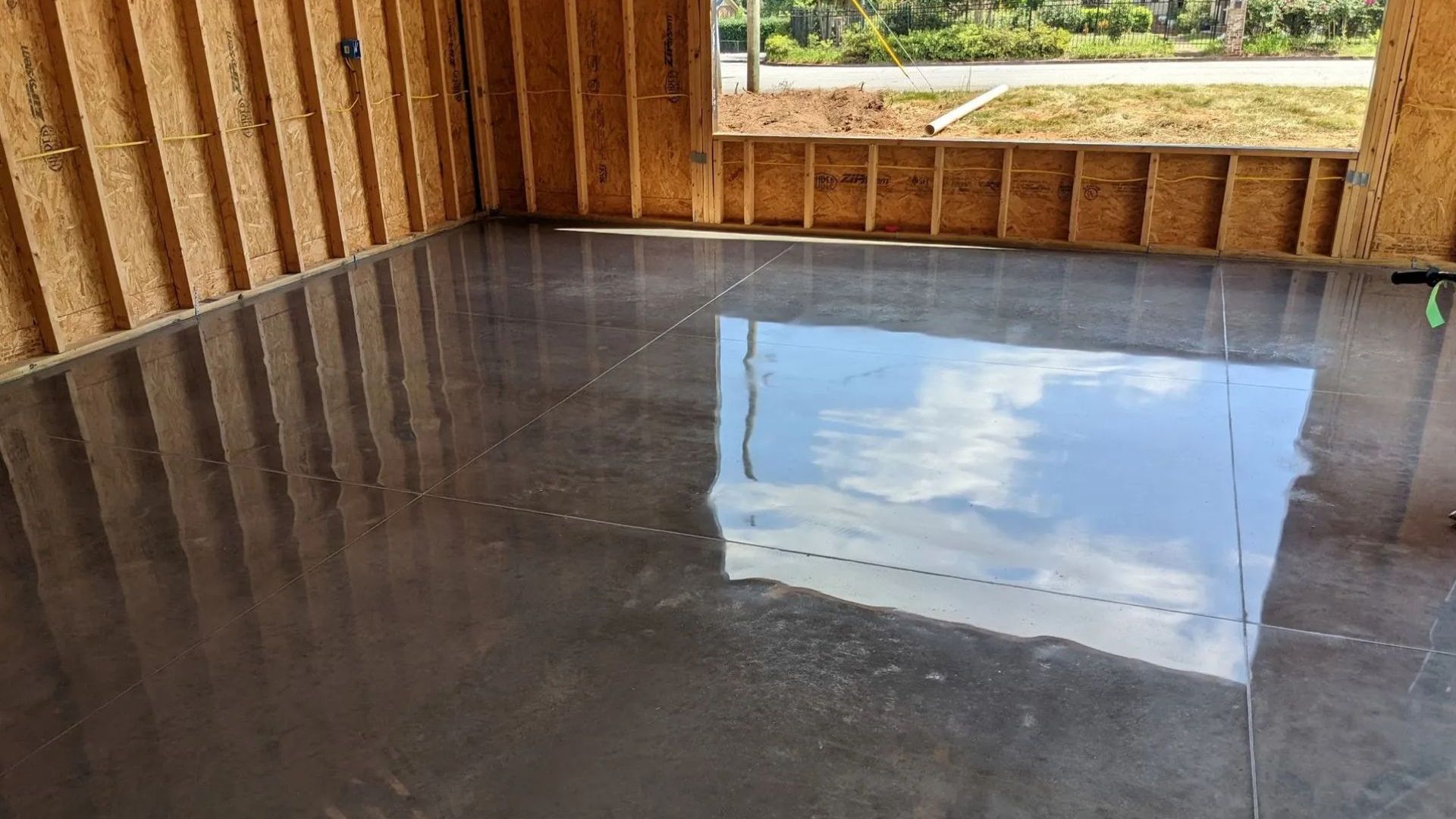
What Are High Slip Coefficient Concrete Coatings?
Concrete is naturally smooth, which makes it slippery when wet. The slip coefficient measures a surface’s grip—the higher the number, the safer it is. Standard non-slip floors must have a minimum 0.42 slip coefficient, while polished concrete can reach between 0.49 and 0.59, making it up to 50% more slip-resistant.
OSHA tests floors for slip resistance in both dry and wet conditions, often adding oil to simulate real-world hazards. For example, Floor Shield’s 100% polyaspartic coating exceeds OSHA safety standards, providing a strong, non-slip surface for high-traffic and wet areas.
Where Are These Coatings Used?
High slip coefficient concrete coatings are used in high-risk areas where safety is a priority:
- Businesses and Public Spaces – Offices, malls, hospitals, and parking garages benefit from non-slip coatings that reduce liability and accident risks.
- Factories and Warehouses – Workers move heavy equipment, and even small spills or dust buildup can become dangerous.
- Restaurants and Kitchens – Spills are common, so a slip-resistant surface helps prevent worker injuries and lawsuits.
- Pool Decks and Patios – Wet surfaces increase fall risks, especially for children and elderly individuals.
- Driveways and Garages – Oil, rain, and snow make untreated concrete slick, increasing the chances of slipping.
Why Are High Slip Coefficient Coatings Important?
These coatings reduce slip-and-fall accidents in homes, businesses, and public spaces. For commercial properties, they help meet safety codes and reduce liability risks.
Additionally, some coatings offer protection against stains, water damage, and UV exposure, extending the lifespan of the concrete. Many also simplify cleaning by reducing dirt buildup.
Types of High Slip Coefficient Concrete Coatings
Adding the right coating improves traction and extends the life of the surface.
Here are the best options:
- Epoxy Coatings – Highly durable, ideal for garages, warehouses, and factories where heavy machinery is used.
- Polyurethane Coatings – Flexible and weather-resistant, making them a strong choice for outdoor patios and pool decks.
- Acrylic Coatings – Quick-drying and easy to apply, often used for decorative concrete applications.
- Grit-Infused Sealers – Contain sand or grit for added grip. Commonly used in wet areas like entryways and wheelchair ramps.
- Stamped or Textured Finishes – Create patterns for better traction. Often seen on sidewalks and driveways.
Each type offers unique advantages. The best choice depends on foot traffic, exposure to moisture, and maintenance needs.
How to Choose the Right Coating
Pick a coating based on durability, slip resistance, and upkeep.
Here’s what to check:
- Location – Is it an indoor or outdoor space? Will it be exposed to water, chemicals, or heavy foot traffic?
- Durability – Some coatings last decades, while others may require touch-ups within a few years.
- Maintenance – Higher grit coatings may require more frequent cleaning to maintain traction.
- Safety Standards – Businesses should ensure compliance with OSHA or ADA slip resistance guidelines.
How to Apply and Maintain Slip-Resistant Coatings
To ensure long-lasting safety, slip-resistant coatings must be applied correctly and maintained regularly.
Here’s how:
- Clean the Surface – Sweep, scrub, and remove dirt, grease, and old coatings so the new layer adheres properly.
- Prep the Concrete – Grinding or acid etching may be required to create a surface that bonds well with the coating.
- Apply the Coating – Use a roller, brush, or sprayer. Follow manufacturer instructions carefully for even coverage.
- Allow Proper Drying Time – Curing times vary, but walking on the surface too soon can weaken adhesion.
- Regular Maintenance – Sweep and mop frequently. Reapply coatings or top layers as needed to maintain slip resistance.
Taking care of slip-resistant coatings is simple but important. A little regular cleaning helps them last longer and keeps surfaces safe.
Cost and Long-Term Benefits
The cost of slip-resistant coatings depends on several factors:
- Type of Coating – Epoxy and polyurea are more expensive than acrylic, but they last longer.
- Labor Costs – Hiring a professional ensures a high-quality finish, but increases costs.
- Surface Area – Larger projects require more material, impacting the total price.
While the upfront cost may seem high, these coatings save money over time by preventing injuries, reducing liability, and protecting concrete from damage.
Frequently Asked Questions
How to Make Concrete Less Slippery
Slip-resistant sealers improve traction. Penetrating sealers soak into the concrete and strengthen the surface.
Is Concrete Slippery?
Dry, unfinished concrete usually has an SCOF of 0.8.
Why Use a Concrete Coating?
Coatings protect concrete, make it last longer, and improve safety.
How Long Do Concrete Coatings Last?
Epoxy lasts 2–5 years. Polyaspartic lasts over 15 years with proper care.
How Much Do Concrete Coatings Cost?
Acrylic costs around $1 per square foot. Polyurea can cost up to $10 per square foot.
Can You Remove a Concrete Coating?
Yes, coatings can be removed to prepare for a new one or restore the concrete.
Make Concrete Safer and Last Longer with the Right Coating
High slip coefficient concrete coatings improve safety, protect surfaces, and reduce long-term costs. They help prevent accidents and keep concrete in good shape for years. Choosing the right coating for a business, warehouse, or home ensures durability and better traction.
For expert concrete coating services,
Blastek Concrete Designs offers professional installation and expert advice.
Contact us here to learn more or schedule a consultation.



